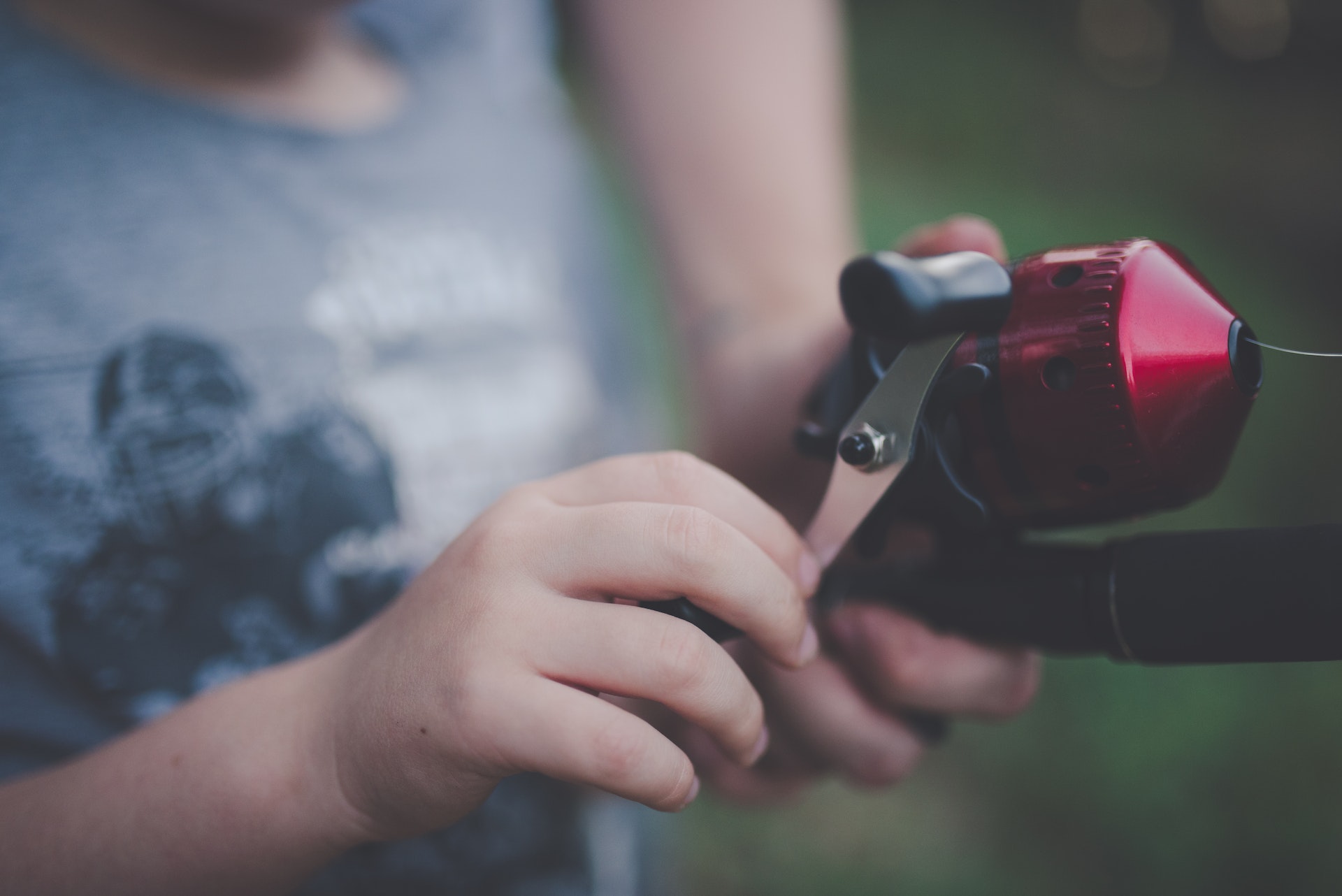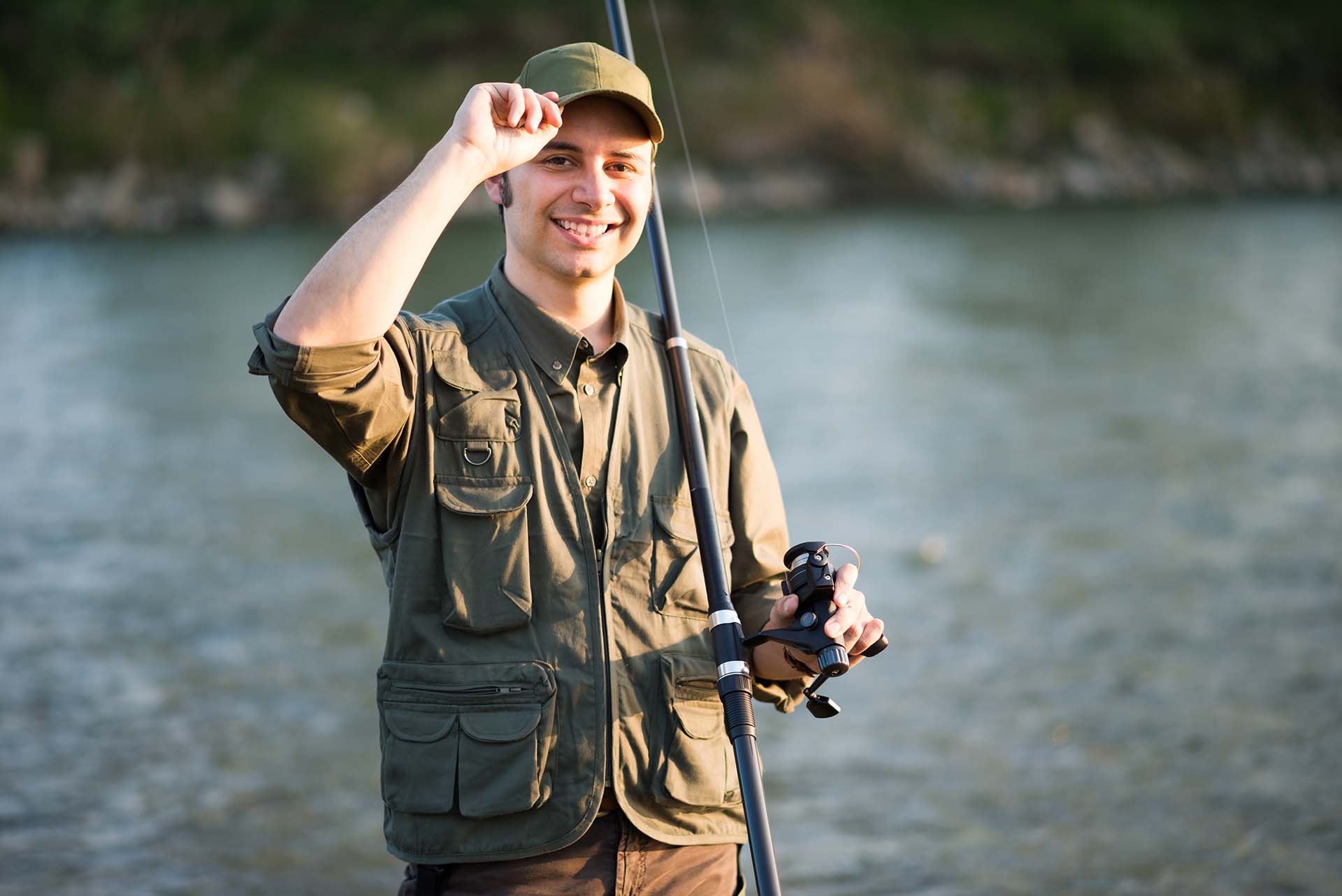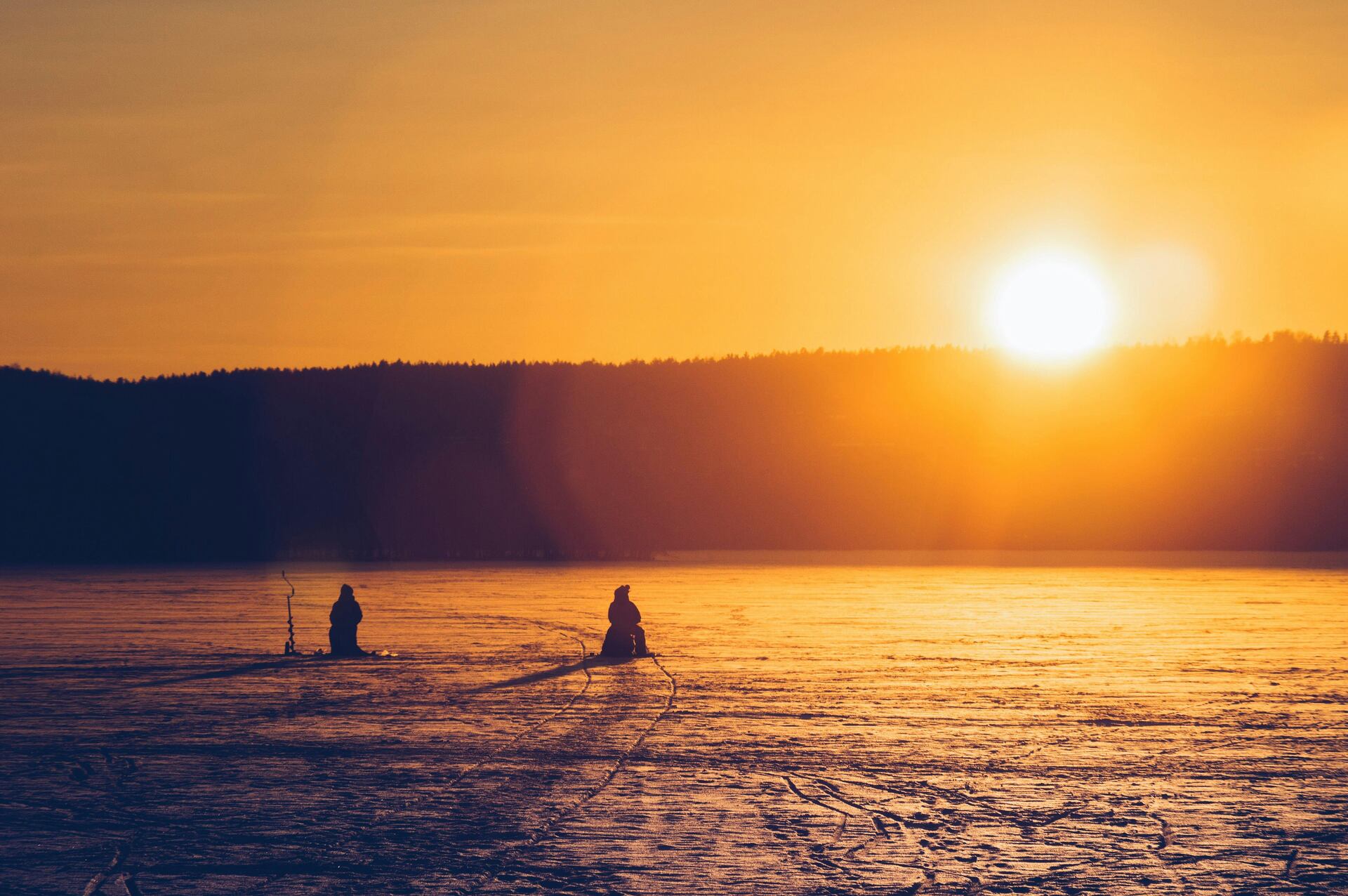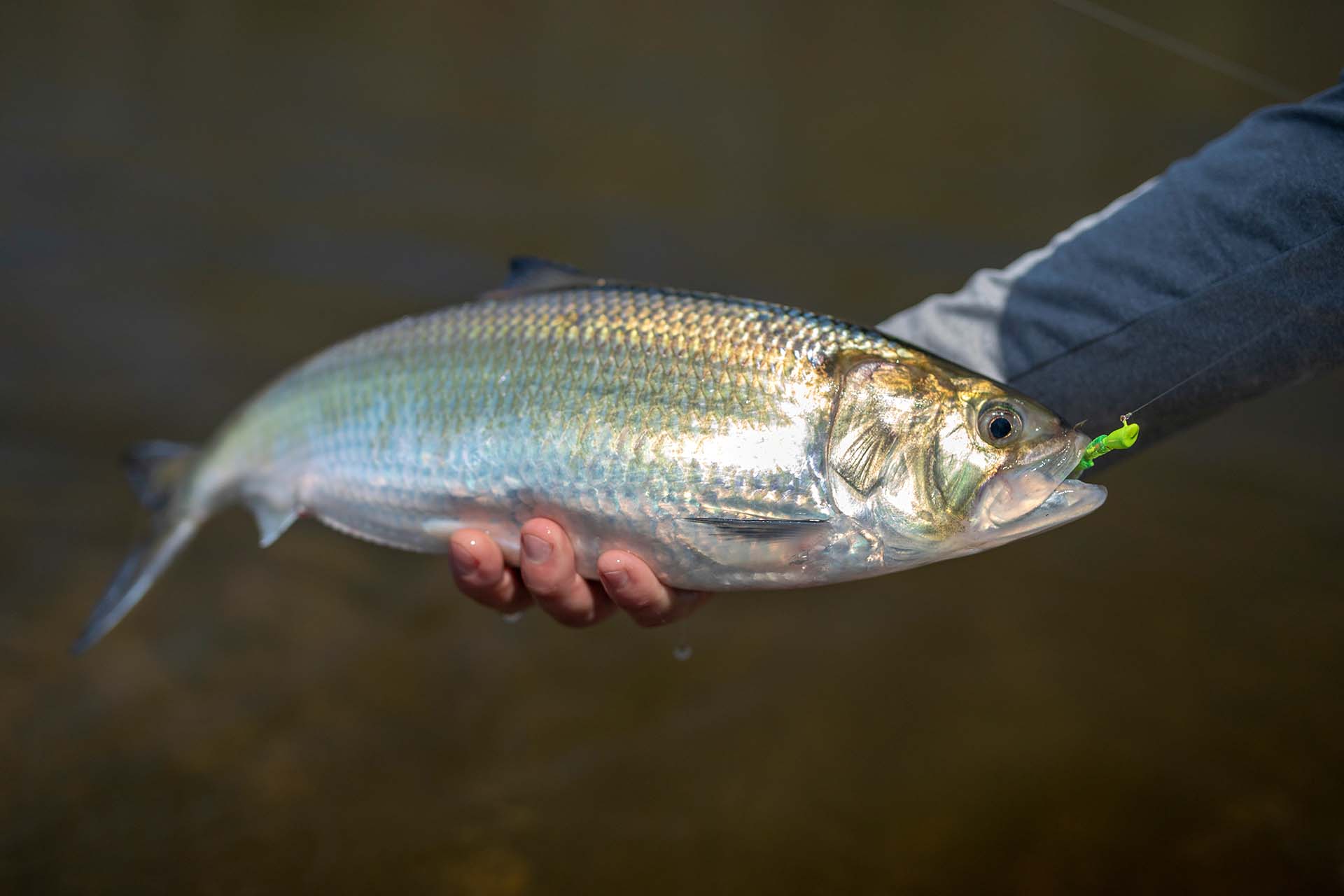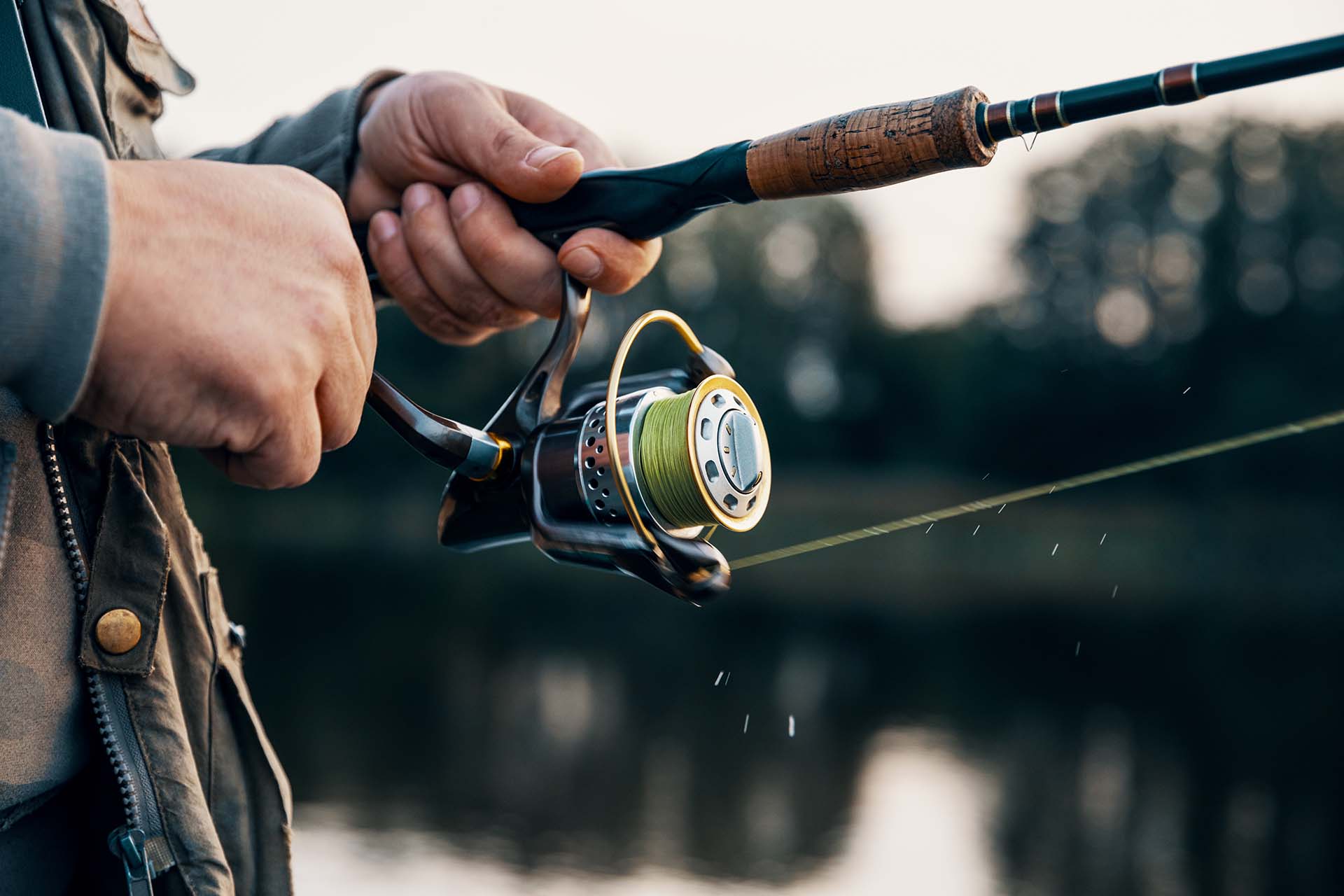Any pastime that is as old as angling is bound to develop a whole lingo of definitions, technical terms, and jargon. Fishing slang is a completely new language for anyone that is just starting to dip their toes into the waters of this outdoor activity. However, familiarizing yourself with the lingo will help you understand your angling peers better and allow you to feel like you’re part of the community.
Learning a New Lingo Is Never Easy – You Have to Memorize a Bunch of New Phrases
Because of its long-standing and diverse history, the world of angling has developed a whole dictionary full of both specific technical terms and casual jargon. Nautical terminology, equipment, techniques, and locations – any beginner fisherman can easily get lost in all this new lingo.
Sometimes There Are Multiple Ways to Refer to the Same Thing
For a beginner, the situation doesn’t get any easier due to the fact that there are always multiple ways to say just about anything. For example, if you want to use slang for a big catch, the possibilities are endless – hawg, toad, tank, slob, monster, and giant, to name just a few. Because of that, sometimes even the most seasoned veterans can’t understand each other clearly if they’ve been brought up in different locations.
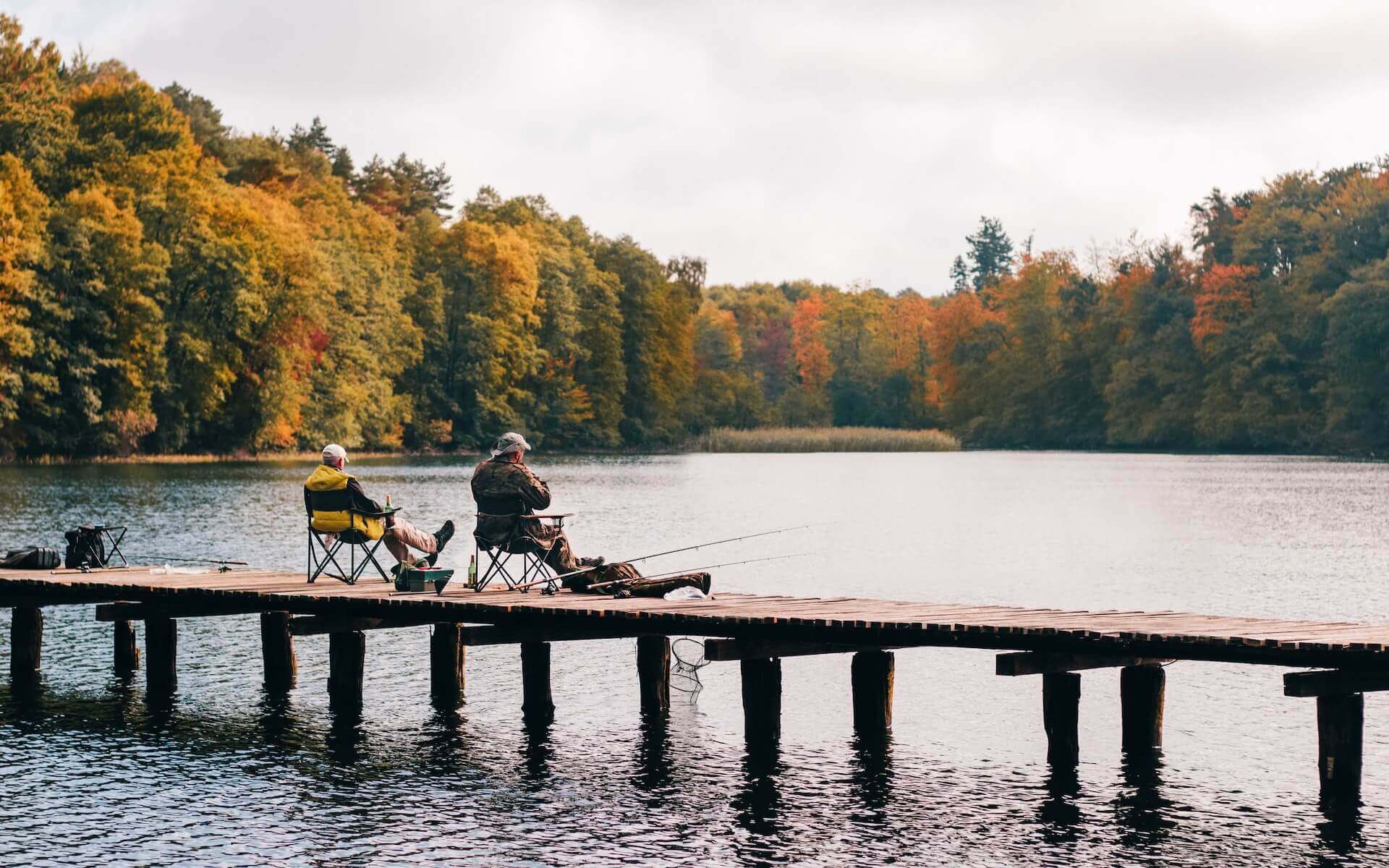
It’s Important to Feel Like You’re a Part of the Angling Community
No matter where you live, it’s nice to feel welcome when you’re just getting into this outdoor activity. So, it’s a good idea to familiarize yourself with a few technical terms and phrases before you even get down and dirty and start angling. Sure, your fellow fishermen will see you as a rookie either way, but if you show that you’re willing to learn – they’ll be more than happy to show you the ropes.
Start With the Basics – You’ll Easily Pick up the Rest as You Go Along
Luckily, there’s no need to sit around and spend days memorizing phrases from a book to learn the language of angling. Those who especially hated their high-school foreign language classes will be delighted to know that there are no writing rules or grammar – in fact, there’s no writing whatsoever.
That’s because angling lingo is a spoken language, and while it can be confusing at first, you can pick up a lot just by hanging around other enthusiasts. But, it’s important to have the basics out of the way first in order to understand any tips or advice that comes your way as you get into the sport. So, let’s get hooked on some fishing lingo!
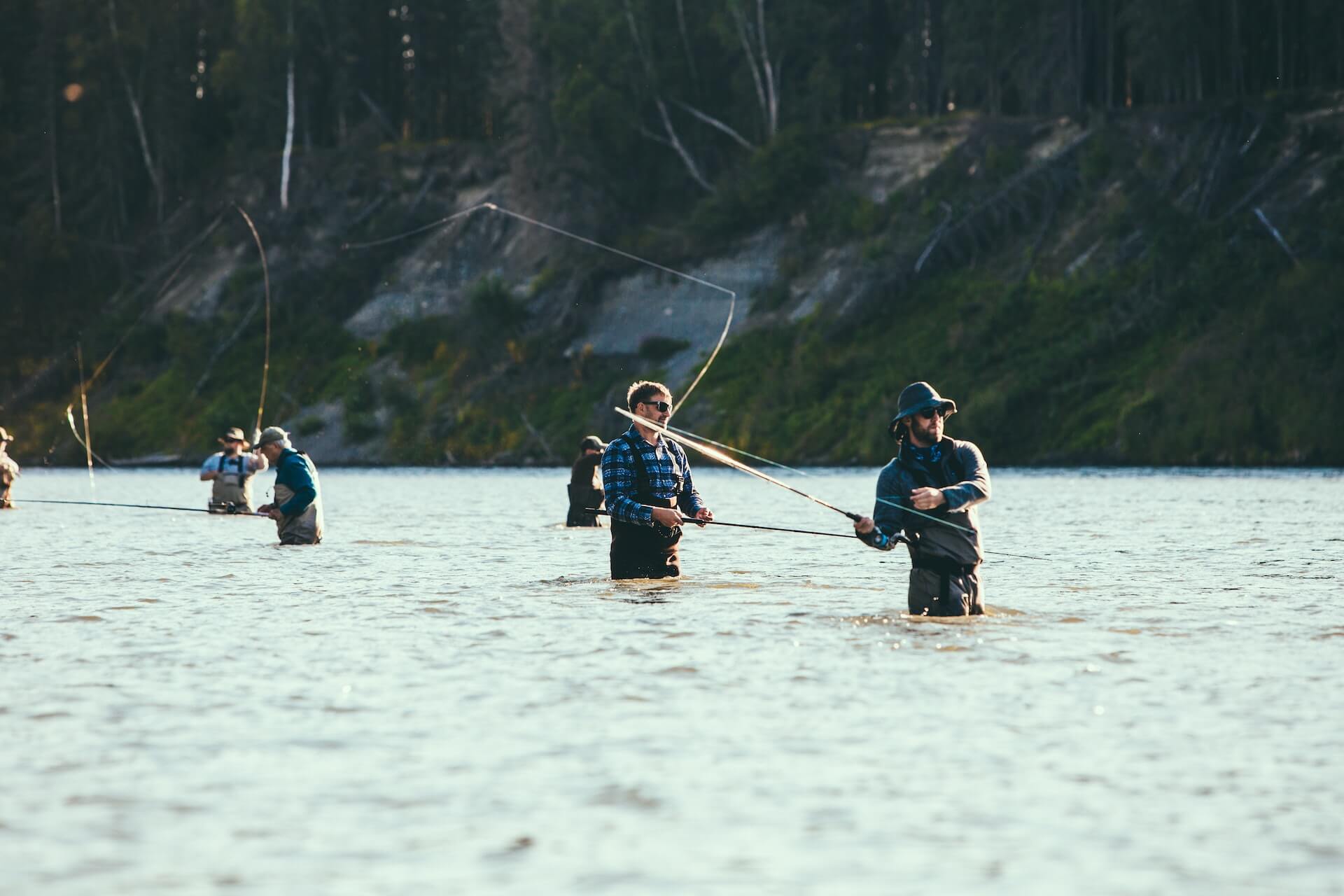
Fishing Slang Terms for Different Pieces of Equipment
Sure, you probably know how to distinguish between a fishing rod and a hook, but are you familiar with all the phrases surrounding each part and their fishing slang meaning? Probably not, as there are just so many of them. So, here are the basic terms you need to know, categorized by the gear they’re associated with:
Rods
First things first, some people like to use the term “pole” to refer to fishing rods in general, but technically that’s not right. Poles are much simpler, without any reel or guide – it’s basically just a wooden stick with a line and a hook.
Also, there are a lot of terms surrounding this piece of equipment. Action refers to the bending-and-recovery rate of a rod, and weight and length are other important descriptive terms you need to keep in mind. The butt of the rod is the very end of it, and guides are the attached eyes for the line to be threaded through.
Reels
Aside from learning the different types of fishing reels (the spincasting, the spinning, and the baitcasting reels), it’s important to have a few technical terms under your belt. The reel seat is the connection between the reel and the rod, and its main structure is often called the body or the frame. The spool is the cylindrical part that holds the line, while the crank is the part that rotates, which you control with the handle.
Probably the most important term associated with reels is the part called a drag. Here, we’re dealing with a term that describes both a specific part of the reel construction that allows fish to pull on the line and the action of loosening or tightening the resistance that occurs. So, it might be a head-scratcher at first, but you’ll hear it enough times to fully understand the context in which it is used.
Lines
I’m sure you already know that the cordage that connects the bait to the rest of the equipment is simply called the line. There’s not much lingo surrounding this straightforward piece of angling gear, but things get a bit more complicated when it comes to a special style of fishing called fly fishing.
That’s because this technique differs from the rest as it uses a lightweight lure and, consequently, a weighted line that consists of several different lines. So, if you’re interested in the art of fly fishing, it’s super important to understand what the backing, fly line, tippet, and leader are.
Hooks
No matter if they’re store-bought or made from scratch, the anatomy of a hook is made from several parts, and it’s in your best interest to know these phrases. First, we have the barb, which is the protruding part near the point, and easily the most important part as it prevents the catch from unhooking. That’s why catch-and-release practices use barbless hooks.
Other important parts of the hook are the eye and the shank. The former is the closed-circle part used for connecting the hook to a line, and the latter is the section that stems from the eye all the way to the bending curve of the hook. A tool that’s used to remove the hook from the mouth of your catch is called a de-hooker, while a foul hook is a term used to describe that the hook is caught anywhere except where it should (the mouth).
Baits and Lures
A fisherman with a good sense of humor will sometimes refer to his baits and lures as “candy,” and, well, that’s not wrong. However, with so many types of fishing out there, you could write a whole book only about baits and lures used for each way of angling. But, for a beginner, the first important lesson should be to make a clear distinction between the two.
Baits refer to living creatures that are used to attract potential catches – worms, leeches, insects, minnows, and shrimp are the most commonly used baits. This form of angling is more like trapping, where you wait for the target to stumble upon the baited hook. On the other hand, lures are artificial parts that look like small fish and insects – there are jigs, plugs, spinners, and many other types of lures.
There Are So Many Ways to Refer to a Fisherman – No Matter if They Are Good or Bad
There are as many ways to refer to your fellow fishers as there are types of hooks. Here’s only a portion of phrases you can use:
- Angler,
- Trawler,
- Piscator,
- Troller,
- Rodman,
- Clam digger,
- Lobsterman.
There Are Just as Many Phrases for the Inexperienced Anglers – Here Are a Couple of PG Examples
Obviously, the phrases used for the less experienced enthusiasts are not quite endearing, and some of them I’ll have to skip over because they are, well, not so nice. Among the ones that are not explicitly foul, my favorite is the phrase googan. It’s a universal term used for inexperienced or badly-behaved anglers, and it usually has quite a bit of contempt behind it.
Another good one is the mangler – used to describe a fisherman who doesn’t look behind when back-casting. Now that we’re on the topic, back-casting means swinging the rod backward before bringing it forward. So, look out for those manglers, or you might end up removing a hook from your finger or, God forbid, somewhere else.
Here Are a Few Technical Terms You Need to Familiarize Yourself With
As mentioned, there are just so many ways to go about angling, and it’s impossible to gather every phrase in one spot without it being a tome. However, here are a few important technical terms every fisherman needs to know, no matter their experience level:
| Term | Meaning |
|---|---|
| Bailing | The act of tossing chunks of bait into the water along with the hook in order to trigger a feeding frenzy |
| Blind Casting | A prospecting tactic used in unfamiliar water, where you cast multiple times in random directions |
| Bottom Fishing | The act of dropping bait all the way to the bottom - also referred to as deep dropping |
| Chumming | Similar to bailing, chumming is an act of dropping groundfish or other types of live bait into the water to attract potential catches |
| Fly Fishing | A special technique that uses a lightweight lure to create a delicate presentation of a fly in nature |
| Flipping | A special casting technique used for short ranges, where the lure is cast from a raised tip of the rod and flipped in the direction of the target |
| Jigging | The act of continuously moving the tip of the rod in order to create movements of the lure or bait |
| Trolling | A technique that entails dragging lures at a specific speed behind your boat |
Specific Types of Fish Have Their Own Endearing Slang
I’m not planning to list off every fish in the sea, but here are a couple of interesting phrases used for specific species:
- Albies – albacore,
- Barries – barracuda,
- Chovies – anchovies,
- Dinies – small sardines,
- Dinos – large sardines,
- Firecrackers or rats – small yellowtails,
- Flattie – halibut,
- Gorillas – big tunas,
- Grumps – sand bass,
- Longfins – albacore,
- Lunker – big trout,
- Macks – mackerel.
A Crash Course Into a Few Interesting Fishing Phrases
To finish off this entry-level course, let’s take a look at a few example sentences and find out the meaning behind them:
I've Hooked up a Toad, but My Lure Got Slammed, so It Was Farmed
Sounds like a foreign language, right? Don’t worry – once I translate it for you, you’ll realize it’s fairly straightforward. First, hooked-up is used when a target bites your lure or bait and tries to fight it off. A toad refers to any large fish, so if any gets caught on your hook, you better believe there will be a game of push-and-pull.
When a bait or a lure gets slammed, the fish that’s caught on is aggressively attacking it and pulling on your line. If it was farmed, that means you lost the battle – the fish has taken what it came for, unhooked itself, and got sent back to “the farm” to continue eating and growing.
The Water Was Boiling - It Was Wide Open
When someone says that the water is boiling, it means that there was so much activity that it really looked like it was boiling. An aggressive feeding frenzy where the big fish are chasing the little fish is every fisherman’s dream. In such circumstances, you could say that the session was wide open – the fish were pulled out one after another for what seemed like an eternity.
It Was Wide Open With These Dinks Until a Boat Spooked Them All
This one’s fairly easy to understand. You already know what wide open means, and dinks are just used to refer to very small fish that are really easy to catch. And spook is just what it sounds like – a boat came by and scared away all of the dinks.
Nothing Can Be as Good of a Lesson as Simply Picking up Things on the Go
As mentioned a few times, it’s simply not possible to gather all of the angling slang in one place. There are just too many phrases, and their usage depends on where you’re fishing. That being said, I’ve tried to present you with some more universal terms any fisherman out there would understand. You’ve got a good foundation now, so go out and use it – the best way to learn is by actually going through the experience. I wish you boiling water wherever you go!


